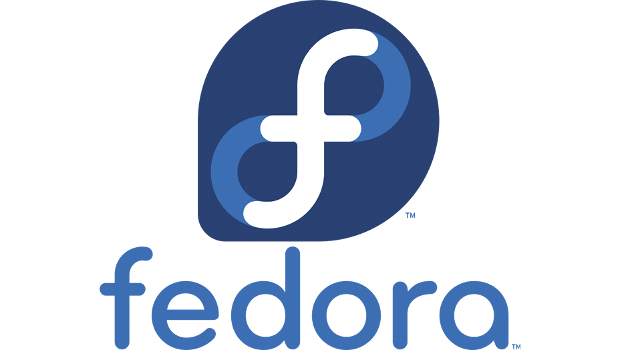Version 22 of Fedora is now available for download, and it comes with a whole new way to use Red Hat’s cutting-edge Linux distribution — actually, three new ways, each aimed at a different audience. But Fedora’s long-standing desktop legacy may prove a stumbling block to Red Hat getting the feedback on new features it seeks.
Fedora 22 comes in three discrete flavours — Workstation, Server, and Cloud — each tuned to emphasise a different feature set and performance profile. Workstation is aimed at developers and lay desktop users; Server for on-premise server functions such as domain controllers and file servers; and Cloud for building infrastructure either on your own hardware or someone else’s.
Most of the big changes in Fedora 22 — especially with the Cloud edition — revolve around Red Hat’s Project Atomic, a general reworking of Red Hat’s Linux offerings around a lightweight, container-oriented design. Aside from serving as a host for Docker application containers, a system built around Atomic can roll out or roll back system updates as non-destructively as possible.
With Server, Fedora’s big feature of note is server roles, pre-defined — and pre-definable — configurations for common tasks. The list of pre-defined roles is still small, among them a domain controller and a PostgreSQL database server role, but Red Hat at least seems interested in creating a framework that others can use to build roles.
Another small but significant change: cloud instances can be converted to Server instances by way of an included script. Thus, the various flavours of Fedora can be mutable; starting with one flavour does not mean you are stuck with it forever if needs change. Also, a simplified continuous integration system called Tunir has been introduced for Cloud instances. It is not as full-featured as competing solutions like Jenkins, but is intended to consume little memory and provide enough features to be useful.
Fedora has long been regarded as Red Hat’s sandbox for testing edgy new ideas before committing them to Red Hat Enterprise Linux (RHEL). Fedora’s new trifurcate format means features intended for different audiences — cloud vs. desktop versus local data centre — can be tested in contexts that closely fit their actual use cases.
This approach could stumble, though, as Fedora has historically been thought of as a personal-use desktop OS rather than a Linux distro intended for production purposes. Experimental new features in Fedora (to RHEL, that is) have typically been about end-user experiences or simple infrastructure — such as systemd, which Red Hat is now adding to RHEL despite the controversy.
With these new Fedora sub-distributions, Red Hat may draw feedback from a segment of its audience that is not truly representative of what RHEL customers want. If the users who could give the best feedback on Red Hat’s new cutting-edge cloud and server features do not bother with Fedora in the first place, having three Fedoras will provide no gain for Red Hat.
Serdar Yegulalp, IDG News Service






Subscribers 0
Fans 0
Followers 0
Followers